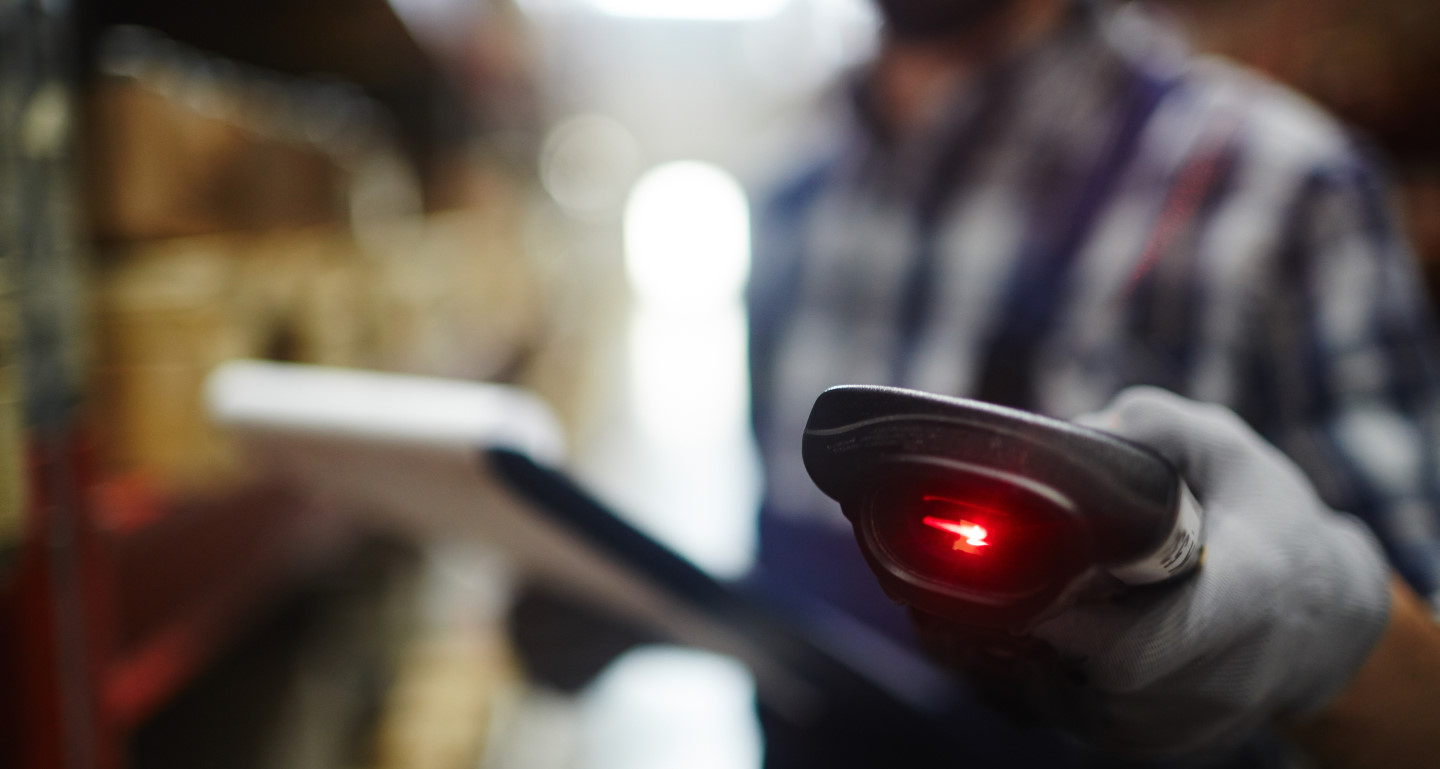Tips and Tricks for Performing Physical Counts: Part 2
In the second installment of our Blog series on Tips and Tricks for Performing Physical Counts, we offer some advice that you can use while performing your counts to ensure accuracy and minimize effort.
Divide and conquer
My wife and I typically like to perform household chores together. Although, sometimes, the list of tasks is so long that it doesn’t make sense to do them together. That’s when we like to “divide and conquer”, by splitting up and each of us tackling half the jobs. This approach works equally as well when performing physical inventory counts. If you have enough employees to make two or more teams, split them into pairs and give each team a different group of products to count (see last week’s blog post for ideas on how to group products for easier counting.)
Many of our clients perform their physical counts by using small teams of two or three people. This is especially useful if you don’t have portable inventory scanning devices. One person can be in charge of the count sheets and one person can do the actual counting. By specializing, each person becomes more efficient at their assigned task, resulting in faster counts with fewer mistakes.
Don’t forget to record accurate count times
This is important if you decide to perform your annual physical count during normal hours of operation, rather than closing your store for the entire count. It is likely that you will sell products after you’ve counted them. If you post your counts after a sale is made, the on-hand quantities in your system will be out – which defeats the purpose of doing a physical count. So make sure your POS system can time-stamp your count import files and worksheets. If you’re recording count times manually and your inventory system lets you assign a count time when recording the quantity of each product, make sure to impart the importance of accurate count times to your entire team. If you’re using a barcode scanning device, ensure that the time is set correctly on the device. It’s easy for the device clock to stop if it’s been left uncharged since the last time you used it.
Create a Stock Count worksheet in your POS system before you start counting
If you’re using a portable counting device that tracks count times and your POS system provides the ability to create count “worksheets” to import counts from your device, it’s important that you open a new count worksheet before you start counting anything. This will prevent you from erroneously importing counts with times earlier than the time that the Count Worksheet is opened. Failure to import counts in the correct chronological sequence can cause your count worksheet to be riddled with errors. With some inventory systems, you might even have to perform a complete re-count!
Don’t count the same items multiple times
This might sound ridiculously obvious, but you’d be shocked to find out how often it happens. When the person performing the count is forced to stop mid-count; they can easily forget which product was counted last. When they resume counting, they can easily recount items that have already been counted. Avoid this waste of and money by having your team members carry markers or placeholders of some sort so that they can easily find the last product they counted and then continue their count as though they were never interrupted.
Don’t forget the displays
It’s easy to focus on counting merchandise on shelves and hangers and then forget all about the manikins and front window displays, or any merchandise out on loan with customers or outbound sales reps. Also, check the back room for layaways or special-order items that haven’t been picked up by the customer yet. Technically, all these items are part of your inventory and should be counted – regardless of whether they’ve been paid for or not.
In our next installment, we’ll talk about portable counting devices and explain how they work. We’ll also introduce a new counting device that we’ve integrated to MyPOS Connect, as well as a new feature that you’ll want to have before your next physical count.

